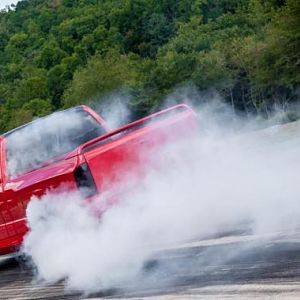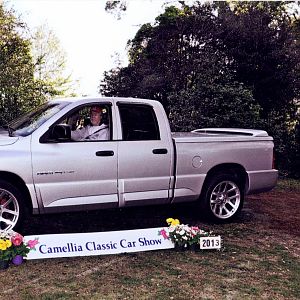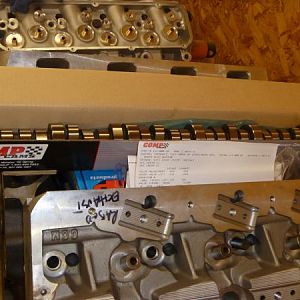GSJake
Full Access Member
- Joined
- Feb 13, 2018
- Messages
- 207
- Reaction score
- 106
Would this bolt to 3rd gen heads? I know it says 4th and 5th but it even has our TB mount!
I wonder how much HP this would unleash>?
https://www.ebay.com/itm/DODGE-VIPE...905975?hash=item46b666dfb7:g:DtkAAOSwYkxfceI~
I wonder how much HP this would unleash>?
https://www.ebay.com/itm/DODGE-VIPE...905975?hash=item46b666dfb7:g:DtkAAOSwYkxfceI~





